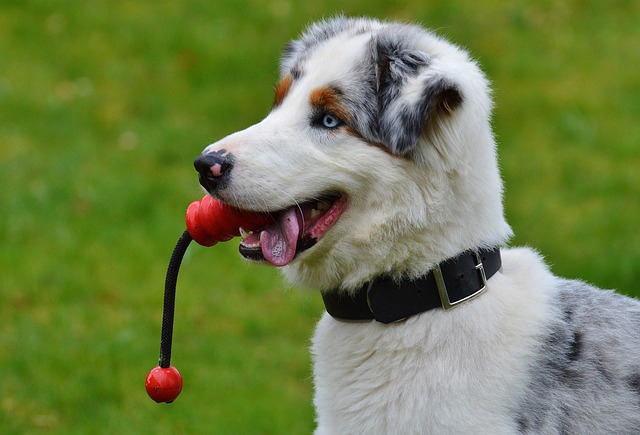
How can I tell if my dog's heatstroke is serious
Let’s be real: It’s a sticky August morning in Los Angeles, and you took your 2-year-old Golden Retriever, Max, for a walk a little later than usual
Floppy dog ears like those on Cocker Spaniels or Basset Hounds trap more dirt and moisture than upright ears, making regular cleaning a must for preventing infections. Most vets suggest aiming for once every two weeks, but this can shift based on your dog’s lifestyle—if they love swimming or rolling in grass, you might need to step it up to once a week. Always check the ear first: if it looks pink, odor-free, and dry, you can hold off; redness or a foul smell means it’s time to act fast.
Many European countries and U.S. states have regulations that tie pet health to public safety, so keeping ears clean isn’t just about comfort—it’s part of meeting legal standards for responsible ownership. For example, in some parts of Germany, neglecting a pet’s medical needs (like untreated ear infections) can lead to fines or even legal action. This makes knowing how often to clean floppy dog ears more than a chore; it’s a way to stay compliant while keeping your dog healthy.
When cleaning, use a vet-recommended solution—avoid cotton swabs deep in the ear, as they can push debris further or damage the eardrum. A soft cloth or cotton ball works best for wiping the outer ear canal. If your dog resists, take it slow: offer treats, speak in a calm tone, and stop if they show signs of pain. Rushing the process can make future cleanings harder and increase the risk of injury, so patience is key for both you and your pet.
 Behavioral cues can also tell you when it’s time to clean. If your dog is scratching their ear more than usual, shaking their head frequently, or rubbing their ear against furniture, these are signs of discomfort that might mean a cleaning is overdue. Some dogs with floppy ears are prone to chronic issues, so working with your vet to create a personalized cleaning schedule can save you from bigger problems down the line.
Behavioral cues can also tell you when it’s time to clean. If your dog is scratching their ear more than usual, shaking their head frequently, or rubbing their ear against furniture, these are signs of discomfort that might mean a cleaning is overdue. Some dogs with floppy ears are prone to chronic issues, so working with your vet to create a personalized cleaning schedule can save you from bigger problems down the line.
At the end of each cleaning session, take a minute to inspect the ear again to ensure you didn’t miss any debris. Keeping a simple log—note the date, how the ear looked, and any issues—can help you spot patterns and adjust your schedule as needed. This small step not only keeps your dog’s ears healthy but also helps you stay on top of their overall well-being, which is essential for being a responsible pet owner.
Knowing how often to clean floppy dog ears balances routine care with flexibility, ensuring your dog stays comfortable and healthy while you meet legal standards. By paying attention to their lifestyle, following vet advice, and watching for behavioral cues, you’ll find a rhythm that works for both of you. A little consistency goes a long way in preventing infections and keeping those floppy ears happy and healthy for years to come.

Let’s be real: It’s a sticky August morning in Los Angeles, and you took your 2-year-old Golden Retriever, Max, for a walk a little later than usual

You're enjoying a summer afternoon at the park when you notice your dog has stopped panting and appears disoriented - their gums are bright red

Let’s paint the picture: You’re in your Denver apartment, watching your 4-year-old Boston Terrier, Ruby, plop down mid-play session with her favorite toy

Many dog owners notice their pets nails seem shorter after regular walks,but how much does this daily activity actually help?The answer depends on where you walk—concrete sidewalks or asphalt streets gently file nails as a dog's paws hit the ground

Most dog owners notice their pup scooting across the carpet at some point, but few connect it to impacted anal glands. These small sacs near a dog’s rectum secrete a scent for marking territory

Most vets agree that regular dog teeth cleaning is key to avoiding painful dental issues later. For healthy adult dogs, a professional cleaning at the vet’s office every 12 to 18 months usually works well.